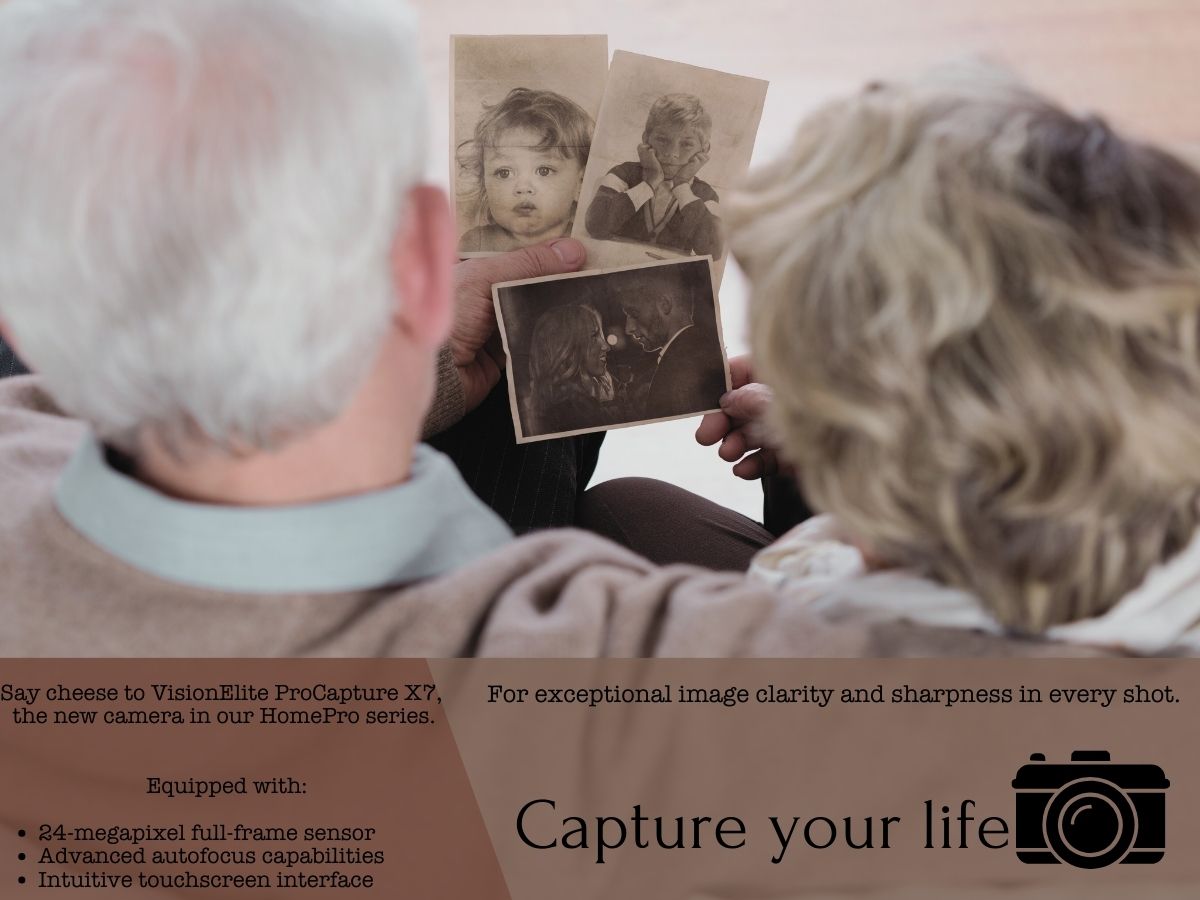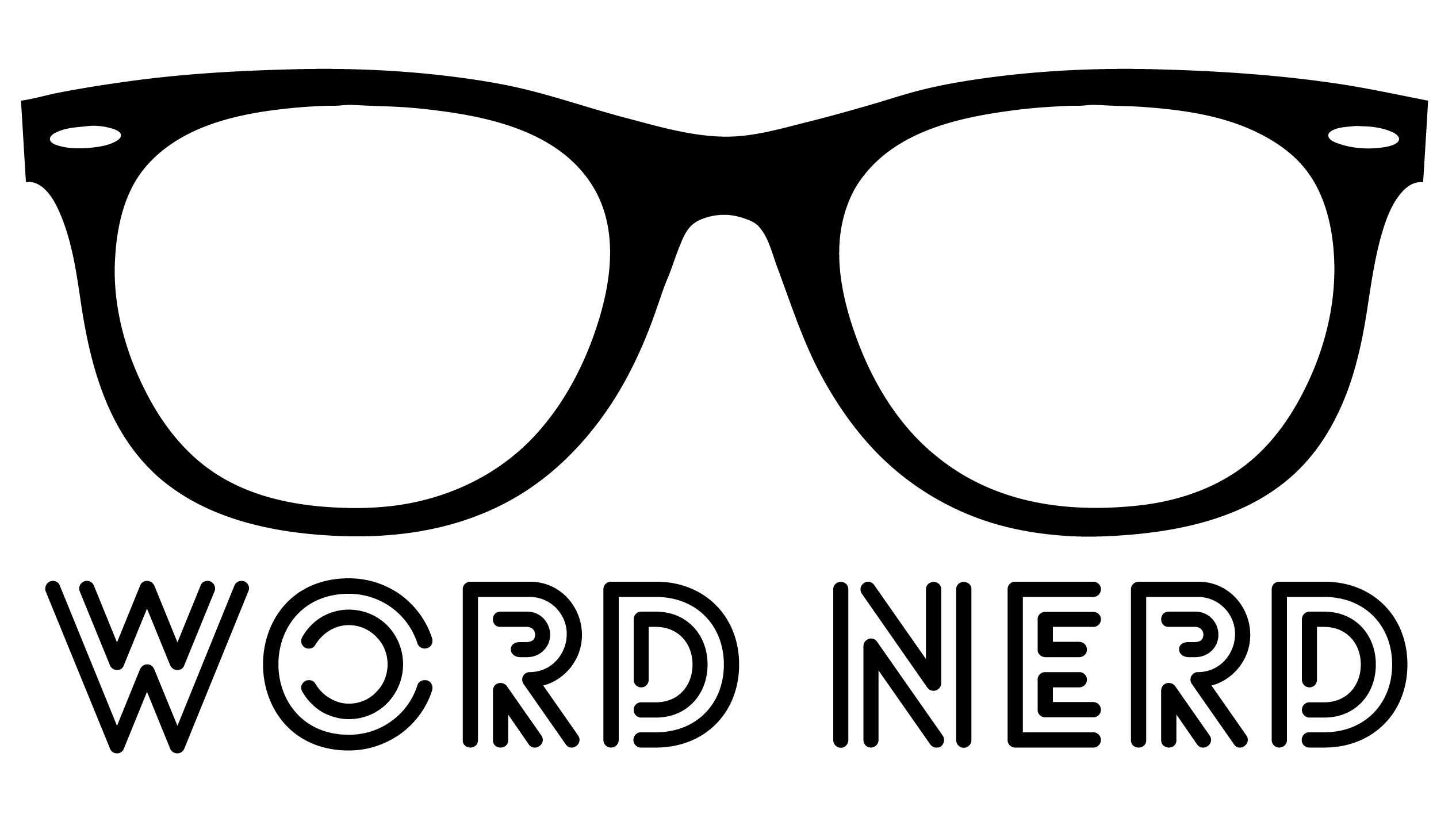As a copywriter, your job isn’t to reinvent the wheel. It’s okay to apply tested and proven copywriting formulas that are based on marketing psychology.
When you rely on frameworks, you know that the copy you write will persuade every time. You can confidently write a highly converting landing page, email, or ad. And repeat those results on the next project.
You also save yourself from anxiety, procrastination, and writer’s block.
Reliable copywriting models help skip self-doubt and start writing sooner.
They free up your mind and give you more time to make the copy you’re proud of. Let you refocus on the creative aspect of your copy.
Sure, there are other useful copywriting formulas. And choosing the one that suits the copy is an art in itself.
Here, we break down the five most commonly used copywriting frameworks in advertising. What are they, how do they look in practice, and when should you use them?
#1 AIDA (Attention, Interest, Desire, and Action)
AIDA is a 120-year-old copywriting framework that stands for Attention, Interest, Desire, and Action. Brands base entire advertising strategies on this model. Every letter of this acronym corresponds to different steps in one’s customer journey.
Let’s break it down.
Attention: “What is that?” Here, you introduce the product. Build awareness. Let them know you exist.
Interest: “Interesting, do go on.” Offer more information about what your product does. How does it improve your prospect’s life?
Desire: “I might need this in my life.” Help them trust and choose your brand. Why do others buy from you and not someone else?
Action: “Take my money/Where do I sign up?” Finish with a strong and clickable CTA. Help them finish the purchase. Make it simple.
For example, let’s apply the AIDA copywriting framework to promote a creative packaging company:

Breakdown of ad:
Attention: In 1915, Coca-Cola decided to stand out. The company issued a creative brief for a new bottle: "We want the product bottled in a design which people will recognize by touch only, with features so distinctive it’s recognizable even shattered on the ground." Final result? That iconic glass Coca-Cola bottle.
Interest: Can your customers recognise your brand in the dark?
Desire: Over the last 10 years, we've designed unique packaging for hundreds of beloved brands. Buyers grab them from the shelf without even reading the brand’s name. Is your brand thirsty for a unique package?
Action: CTA button that says “I’m ready to stand out too”
When to Use the AIDA Formula?
The AIDA writing formula is the most versatile of the bunch, you can apply it for most copies you write.
For instance, use it for:
Landing pages
Facebook ads
Newsletters
#2 PAS (Problem, Agitate, Solution)
PAS is short for Problem, Agitate, and Solution. The formula is deeply rooted in the marketing psychology principle that claims people are more motivated by the pain of losing than by the pleasure of gaining something.
The thought of missing out and losing hurts more.
Problem: State the problem as clearly as you can. Be straightforward here.
Agitate: Explain what would happen if a person ignored/did not solve the problem. Use emotional language to empathise with the target customer. Target where it hurts the most.
Solution: Offer your solution — a product or service that’ll help them remove the pain.
For example, here we apply the PAS copywriting framework to sell SEO-based content writing services:

Problem: People visit my website but leave before buying the product.
Agitate: I’ve already invested thousands of dollars into my website and publish blog articles weekly, but get nothing in return.
Solution: We identify why your web content isn’t bringing in the right crowd. And help you attract visitors who are ready to buy.
When to Use the PAS Formula?
If you can identify genuine pain that the product or service can alleviate, PAS is a great formula to deliver your advertising message. Use the PAS framework to write copy for:
Flyers
Cold emails
Sales pages
Ads on LinkedIn
#3 Four Cs (Clear, Concise, Compelling, Credible)
In copywriting, the four Cs stand for a clear, concise, compelling and credible copy. With all four elements accounted for, people will notice the copy, but also understand and trust it right away.
Let’s break down how it makes copy more effective.
Clear: You’ll sell more if you write in simple language anyone can understand. This is true even if your target buyers are industry experts. Avoid complex sentences and big words. Break down your ideas with bullet points.
Concise: Keep it short. People are busy.
Compelling: Make it interesting. Answer: “What’s in it for them?” They’ll read if the copy addresses their pain points, desires and needs.
Credible: Back up your claims with statistics, exact numbers, and quotes sourced from experts and industry-thought leaders. Be specific.
For example, this is a mock ad for a cybersecurity company that sells essential solutions for SME businesses.
It follows the 4Cs copywriting framework.

The ad breakdown:
Clear: No cybersecurity industry jargon or complex sentences.
Concise: It’s short.
Compelling: Get the attention of the target group (SMEs). “Would your business be ready for a cyber attack if it happened today?”
Credible: It’s backed up with concrete data (“Almost half of the cyber threats (43%) hit small businesses. Yet, less than 15% of SMBs have solutions that can prevent major hacking incidents”).
When to Use 4Cs?
The four Cs is a great checklist for editing any copy you write — even when you use other formulas. Use it when writing:
Newsletters
Blog articles
Website copy
Linkedin posts
#4 FAB (Features, Advantages, Benefits)
FAB is short for features, advantages and benefits. This copywriting formula speaks to both the emotional and logical parts of the customer's brain. It walks in the reader’s shoes and helps them imagine all the ways a product will improve the quality of their lives.
Let’s break it down.
Features: Talk about objective facts such as size and technical specifications. What measurable characteristics does the product have?
Advantages: Get deeper into the features. Clearly state how they benefit the reader. What does that mean for the target customer, exactly? What does this feature do?
Benefits: What outcome can a person expect if they buy the thing? Help them imagine their life with the product or service. What’s in it for them?
For example, this is a mock ad for a new camera for people who want to take personal shots at home. The big idea is to preserve your most precious memories, freeze big moments in time, and have something to look back at when you’re older.

The ad breakdown:
Features:
Equipped with:
24-megapixel full-frame sensor
Advanced autofocus capabilities
Intuitive touchscreen interface
Advantages: For exceptional image clarity and sharpness in every shot.
Benefits: Capture your life.
When to Use FAB Formula?
FAB is the perfect copywriting formula to apply when you write:
Product descriptions
Email campaigns
Sales pages
Catalogues
#5 PPPP (Promise, Picture, Proof, Push)
PPPP is short for a promise, picture, proof and push. This copywriting framework is designed to get the attention of a target customer, build trust, and compel them to take action. You’ll recognize it in most website copy.
Let’s break it down.
Promise: Explain how the product or service can solve one’s problem or needs. Be bold, when stating what it is that you do.
Picture: Help them imagine the results — their life with the solution you’re selling. Use emotional language and paint a vivid picture of the target customer using your product. Storytelling is important here.
Proof: Make it credible with data, case studies and testimonials.
Push: Finish with a call to action (CTA). Make it clear and compelling. Make sure it fits the promise you made at the beginning.
For example, I used this formula to write a website copy for Word Nerd that speaks to people who are looking for fashion copywriters.


Analysis of this landing page:
Promise: I will embrace and cultivate that individual style of yours.
Picture: So whether you steer more towards the leopard print dress, full sequined slip or the LBD, one thing is for sure, your brand’s personality needs to JUMP OFF that screen! How do I know all of this? Because I am your customer.
Proof: Testimonials from clients to build trust and provide social proof that the copywriting service worked for others.
Push: The pink CTA button that says “Let’s Get Started”
When to Use the PPPP Formula?
The PPPP principle is a popular formula copywriters apply when writing:
Social media ads
Landing pages
Blog posts
Copywriting Frameworks Ignite Your Creativity
Copywriting formulas won’t hinder your creativity. Your copy will still be original. But it will also be backed up by science.
Built on solid foundations.
Using copywriting formulas means you get the outline you can follow and focus on more important stuff — like research and writing. Proven and tested frameworks make you faster because they lead you from starting the project to submitting it on time.
Ads in this blog post are mock ads, to show copywriters how to apply different writing frameworks.
Do you need a real ad, landing page copy or blog article? Looking for a freelance copywriter who uses proven frameworks and science to sell stuff?
